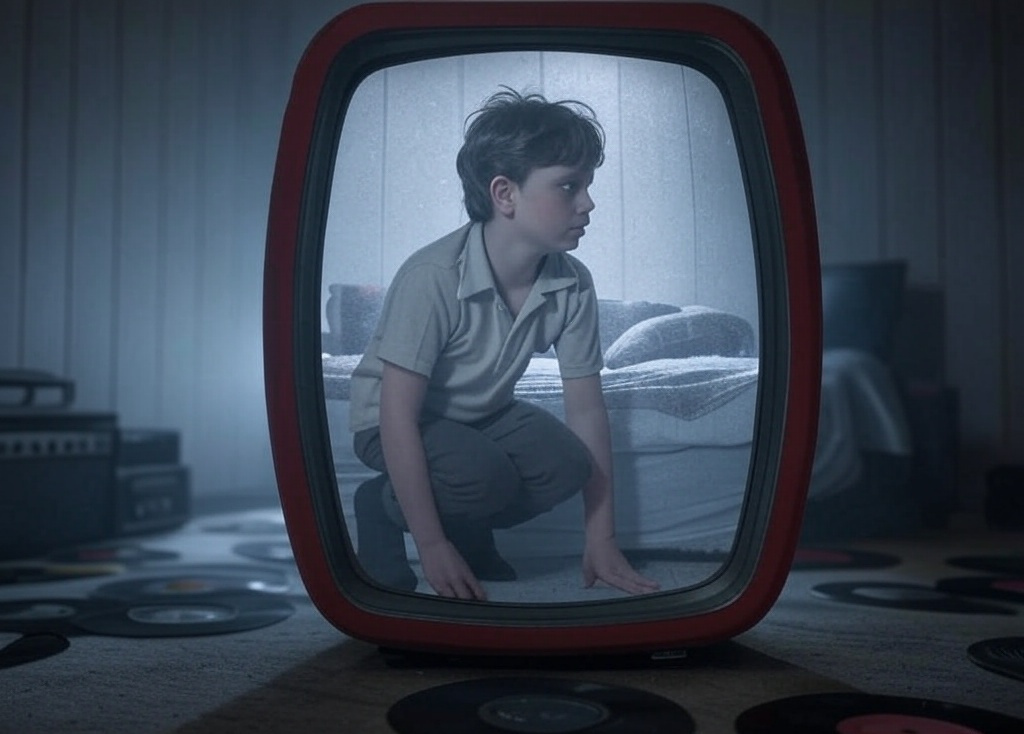
Everyone needs emotional wellbeing, a sense of purpose and belonging in this world. We may use different criteria to measure our success and rely on help and friendship from others to varying extents, but we all need some inner serenity to keep going in life. Mental health may superficially describe your psychic fitness, but the term nearly always implies its opposite as in mental illness. Mental health services are little more than rebranded psychiatric services, but with a vastly expanded remit to monitor the behaviour of anyone who fails to fall into line or is just a wee bit weird. The new catch-all moniker for socially awkward personalities has normalised proactive psychiatric screening from cradle to grave.
Once you contextualise your challenges in terms of subjective psychobabble labels assigned to you from a checklist of observed mannerisms, others will view your trials and tribulations as neurological defects that need lifelong professional treatment. It’s the medicalisation of the human experience. To complicate matters, genuine physiological handicaps, alongside a whole host of environmental factors, may play a key role in shaping personality profiles. Childhood socialisation patterns evolve around play. If you’re not very good at ball games, you may well prefer more solitary pursuits like building Lego or Meccano models. With the advent of video games, smart phones and tablets, children now spend much less time engaged in unstructured outdoor play. Media reports and societal fears about child abductions have led to increased vigilance, reducing opportunities for spontaneous outdoor play. This is a self-reinforcing trend. It’s not much fun heading down the park with a ball, if there’s nobody else to play with. We’ve also seen a generational shift from a high-trust to a low-trust and more risk-averse society, leaving children little freedom outside the confines of their bedrooms immersed in a virtual reality beyond their parents’ sphere of influence.
In traditional societies, these relative strengths and weaknesses tended to balance out as sooner or later we would meet others with similar interests. We did not diagnose young boys more interested in toy trains than football with autism and neither did we diagnose their hyperactive peers who could not concentrate long enough to learn their times tables with ADHD. In the modern age of mechanical wizardry and heavy industry we had plenty of space for a diverse range of skillsets, requiring a mix of physical dexterity, precise hand-eye coordination, fast mental arithmetic, analogical reasoning and extreme attention to detail, all tasks we are increasingly delegating to artificially intelligent machines.
More formal social etiquette along the lines of “Good Morning, Mrs Green” with its simple conventions papered over the cracks that emerge in more nuanced postmodern communication styles encoded with neurolinguistic programming and personalised messaging. When London Underground stopped addressing passengers as ladies and gentlemen in favour of “Hello, everyone” lest they assume their gender or age, it confirmed that authorities considered the great unwashed plebs as little more than zoo animals who must be kept in a permanent state of puerile docility. The manufactured rage against the machine of my youth, expressed largely through pop music and choreographed countercultures, has now become the new normal. The transient identity groups of mods, rockers, hippies, metalheads, punks and goths of the 1960s, 70s and 80s would later morph into mental health labels, mass-marketed medical conditions and gender identities. At least we had a perception of independent creativity, but these days we subject our inner selves to trained professionals who often pander to our counter-cultural predilections to win favour with us.
My main gripe with the mental health mantra is neither the importance of spiritual awareness nor the challenges of an increasingly atomised and hyper-surveilled society. The problem is that it empowers the state, in close liaison with its corporate partners, to delve into every aspect of our private lives, and more disturbingly, to identify individuals who are, to put it mildly, more trouble than they’re worth.
Clinical depression and personality disorders are now among the leading entitlements for long-term incapacity benefit, something that has risen sharply since the late 1980s and now accounts for 6 to 7% of the working age adults in the UK, but still around 3% in other comparable European countries owing to different eligibility criteria. However, in an apparent U-turn the Labour-branded government plans to reduce the current 2.6 million on ESA or UC (universal credit) by 1 million before 2030 at a time of rising unemployment, economic stagnation and smart automation. Sooner or later something will have to give. If governments prioritise pandemic planning, wars, refugees and climate change, they will logically have to make cuts elsewhere. Labour, more than any other party, has championed the welfare state. Its adversaries have accused Labour administrations of fostering a culture of workless welfare dependency. Now Labour is pulling the plug on some of the most vulnerable in society, while simultaneously fast-tracking the assisted dying bill with provisions to allow people with insurmountable mental illnesses to choose the easy way out.
Many parents had their children diagnosed with one label or another to gain access to additional support at school. Others sought professional help as adults to deal with despondency or toxic relationships at work, often following the advice of mainstream media influencers or well-meaning acquaintances. The labels were at best only a means to get more help and I now believe that, without any neurophysiological causes such as brain damage, they have hindered more than helped us, often preventing us from identifying more immediate roadblocks to success in life.
Throughout the 1950s and 60s, unemployment in the UK remained well below 2% with most teenagers leaving school at 15 or 16 and relatively few going on to higher education. If you could hold down a job into your mid 20s, chances are you could afford to move out of your parental home, get married and start a family. Councils would prioritise local families on low incomes and throughout the 1960s to late 1990s more and more families, often with only one income, could afford to buy a house with the average salary-to-house-price ratios well below 5. By the turn of the millennium, nearly 70% of households were owner-occupied. Then property prices sky-rocketed with a typical three-bedroom costing 10x or even 15x the average annual salary in many regions. Employers began to prefer ready-trained imported workers and failed to invest in local talent often complaining about bad attitudes among the products of British state schools and colleges.
Unsurprisingly, a growing proportion of young men and women fail to reach the key milestones of early adulthood, settling down with a clear path ahead before they hit forty. Many remain in a permanent state of limbo with a tapestry of fragmented relationships and uninspiring short-term jobs. It is no surprise that with so much uncertainty about their future in a rapidly changing cultural landscape, more and more youngsters succumb to self-destructive behaviours, such as drug addiction or emotionally draining fixations with perceived bodily imperfections. We need to look at society rather than desperate expressions of discontent with a world that no longer makes any sense to many of us.








